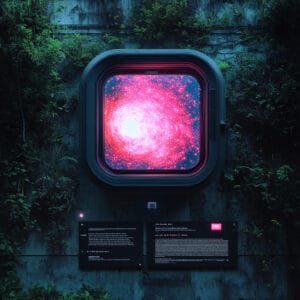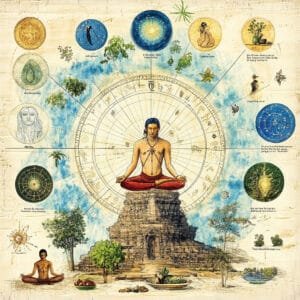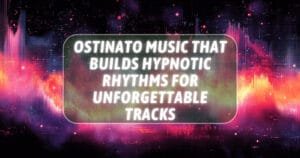The concept of *Musica Universalis*, or the "Music of the Spheres," has captivated both artists and scientists for centuries. Rooted in Pythagorean philosophy, this idea suggests that celestial bodies produce a form of harmonic music as they move through the cosmos. While this music is inaudible to human ears, its…
Music Insights
Explore in-depth articles and analyses on music trends, iconic tracks, and the creative process behind the hits you love. Perfect for music enthusiasts seeking a deeper understanding.
Fascinating Facts About the Chandra X-ray Observatory
📋 Table of Contents What Is the Chandra X-ray Observatory? Launched by a Space Shuttle Its Unique Orbit The Highest X-ray Resolution Ever Studying Black Holes Extreme Cooling Technology Major Discoveries Chandra X-ray Observatory FAQ What Is the Chandra X-ray Observatory? The Chandra X-ray Observatory is NASA’s most advanced X-ray…
Kepler’s Belief in the Audible Soul
Johannes Kepler (1571–1630) was not only a pioneering astronomer but also a thinker deeply influenced by the philosophical and musical traditions of his time. His belief in an "audible soul" stemmed from the idea that the universe itself was structured according to musical principles. In his seminal work *Harmonices Mundi*…
The Intersection of Astronomy, Music, and Religion in the Renaissance
📋 Table of Contents The Renaissance: A Period of Intellectual Synthesis Astronomy in the Renaissance: A New Perspective of the Heavens Music and the Harmony of the Spheres Religious Interpretations of Astronomy and Music The Scientific Revolution and Its Impact on Music and Religion Notable Figures Bridging Astronomy, Music, and…
The Philosophy Behind Musica Universalis
📋 Table of Contents What is Musica Universalis? Ancient Origins and Pythagorean Influence Medieval and Renaissance Interpretations Cosmology and the Harmony of the Spheres The Scientific Revolution and Changing Perspectives Musica Universalis in Modern Science and Philosophy Spiritual and Mystical Interpretations Frequently Asked Questions The concept of Musica Universalis, or…
The Evolution of Cosmic Harmony in Western Thought
The concept of cosmic harmony has evolved over centuries, reflecting humanity’s quest to understand the universe’s inherent order and beauty. From the ancient Greek philosophers who introduced the idea of *Musica Universalis* (Music of the Spheres) to the breakthroughs of Johannes Kepler and the modern sciences of astrophysics and quantum…
The Role of Harmonics in Celestial Motion
Harmonics, the mathematical principles governing vibration and frequency, play a crucial role in understanding celestial motion. This concept links the study of sound and music to the movement of planets, moons, and stars, echoing the ancient idea of *Musica Universalis* or the "Music of the Spheres." From Johannes Kepler’s *Harmonices…
Non-Harmonic Arpeggios That Break the Rules for Creative Freedom
Exploring non-harmonic arpeggios allows musicians to step outside traditional boundaries and embrace creative freedom. By intentionally playing arpeggios that deviate from the underlying harmonic structure, you can introduce tension, unpredictability, and fresh textures into your compositions and improvisations. Let’s dive into how breaking the rules with non-harmonic arpeggios can elevate…
Ostinato Music That Builds Hypnotic Rhythms for Unforgettable Tracks
Ostinato music is a powerful tool for creating hypnotic rhythms and memorable tracks. Derived from the Italian word meaning "stubborn," an ostinato is a repetitive musical phrase or motif that persists throughout a piece. By layering and evolving these repeating patterns, composers can craft compelling and unforgettable musical journeys. Let’s…
Baroque Period Composers Who Shaped Classical Music’s Golden Age
The Baroque period (1600–1750) was a transformative era in the history of music, marked by innovation, complexity, and emotional expression. Composers of this golden age laid the foundation for what would become the classical tradition, creating works that remain timeless. Let’s explore the key figures of the Baroque era who…









